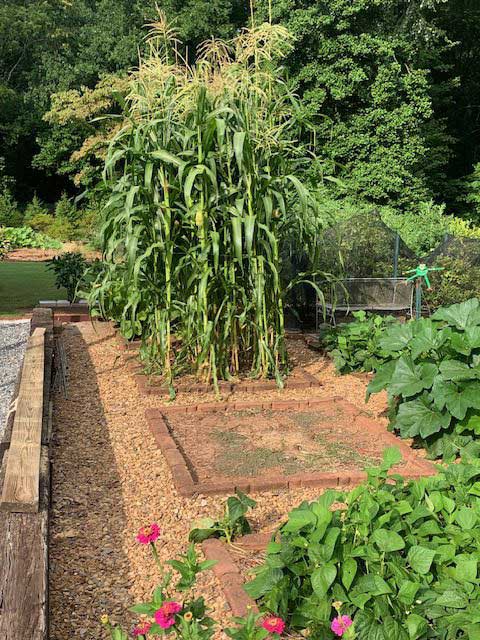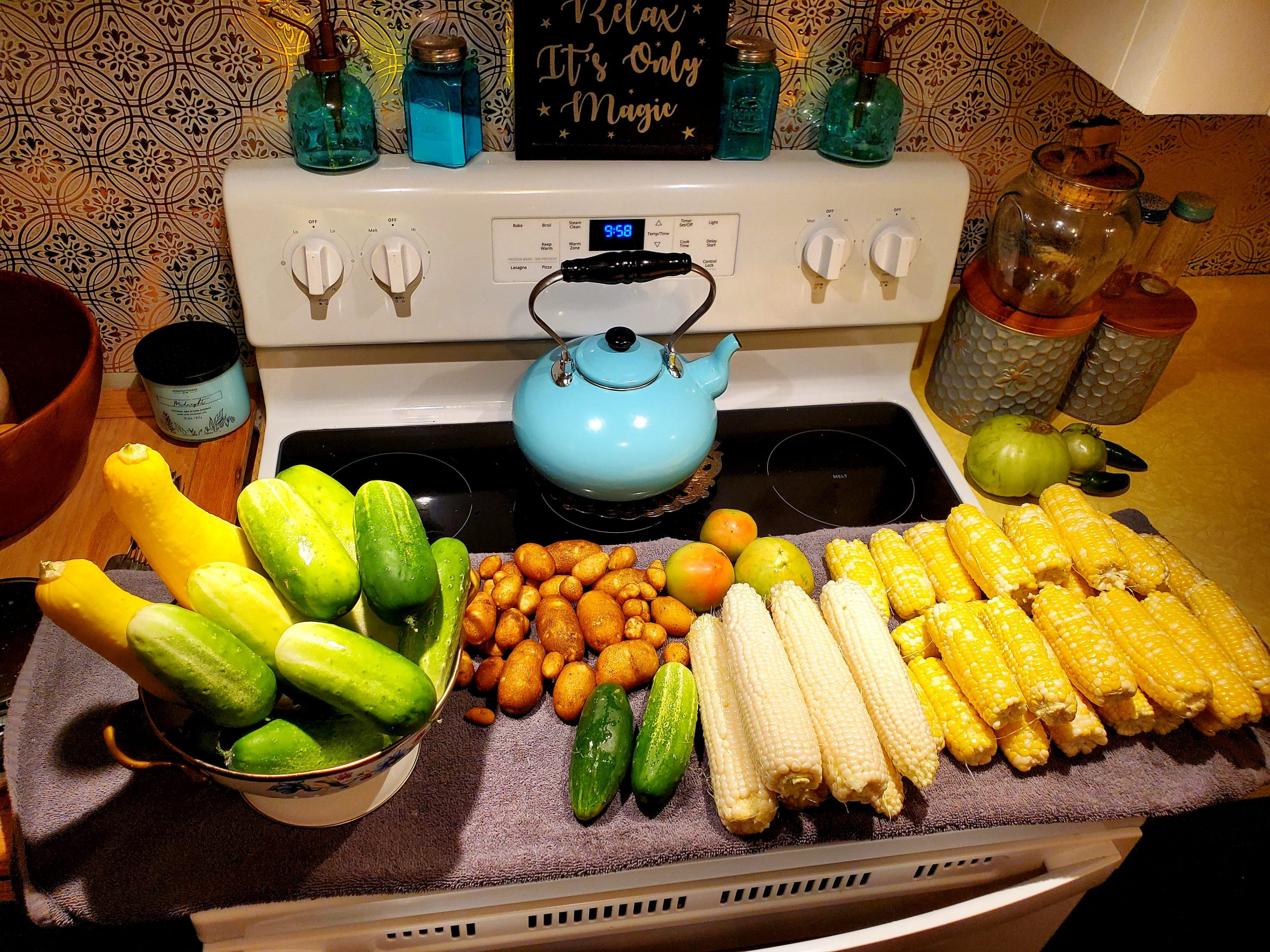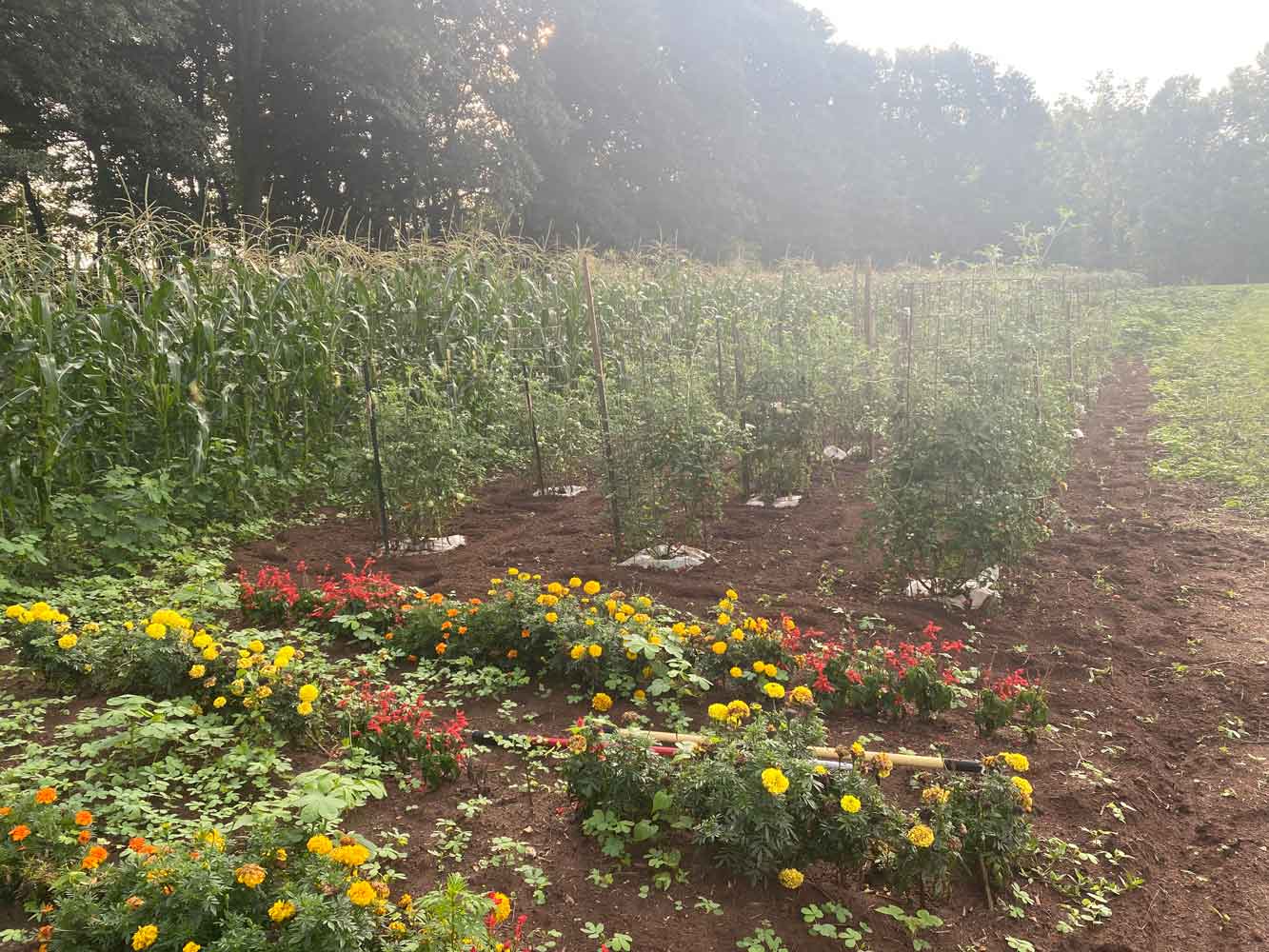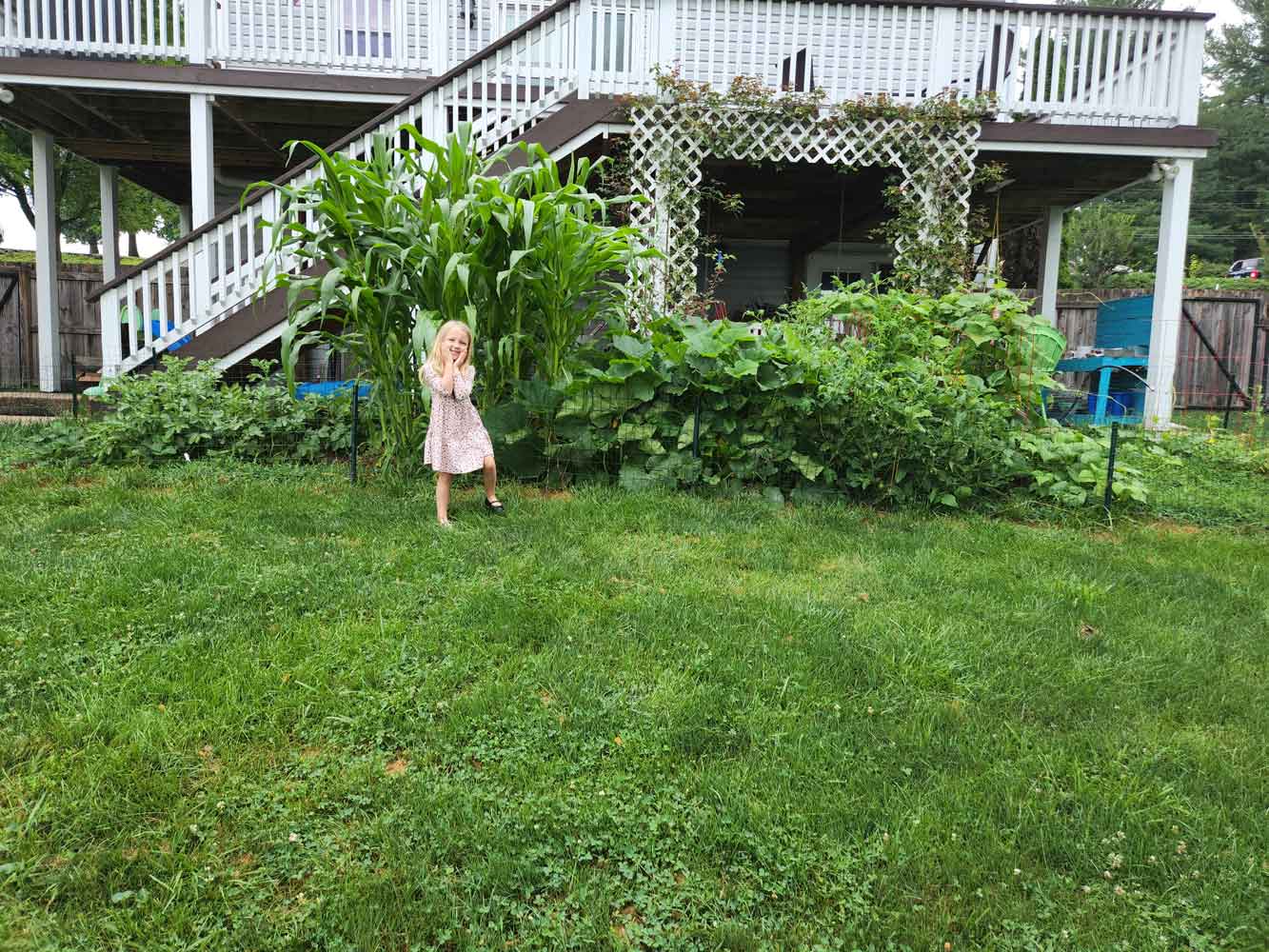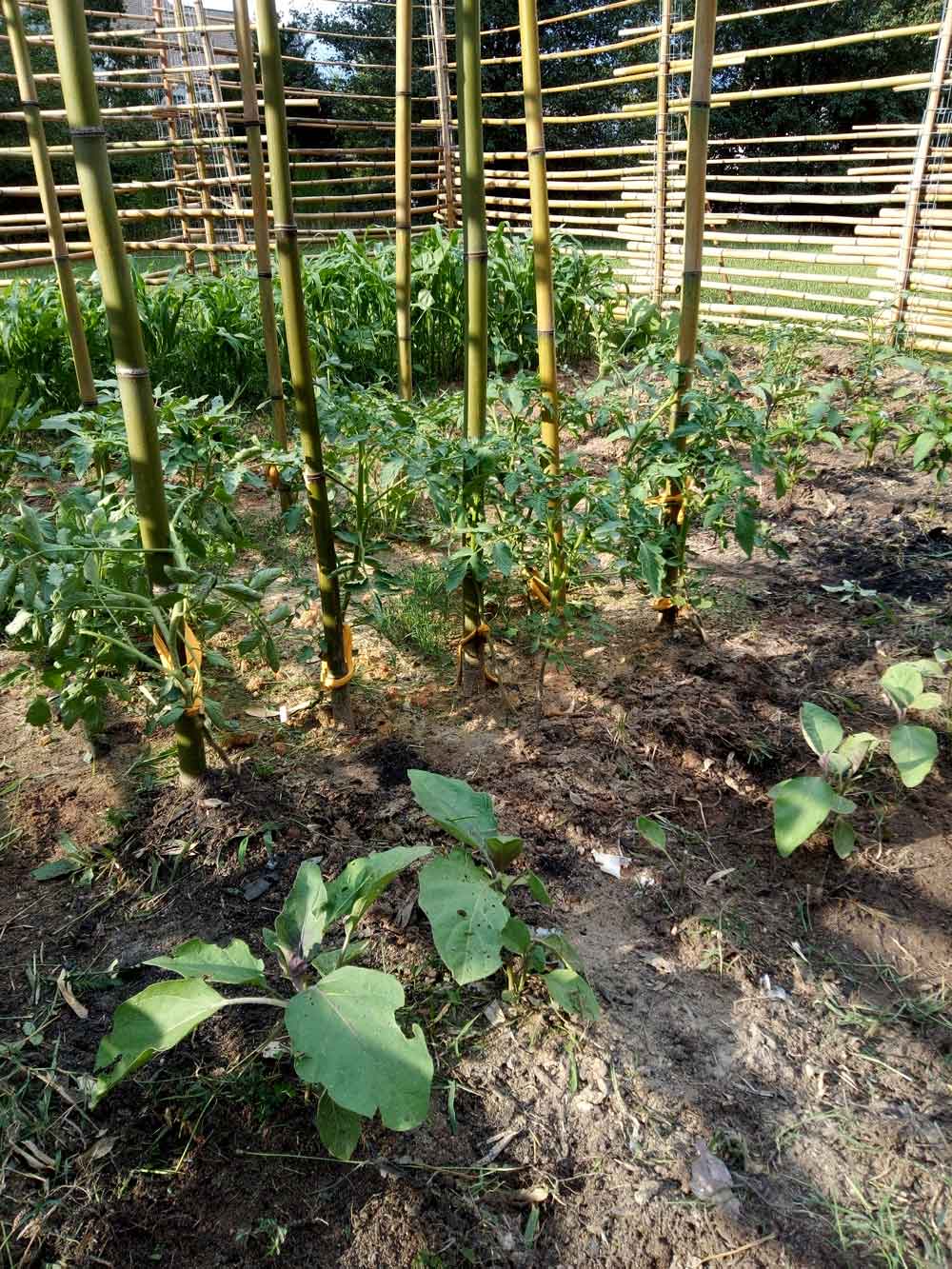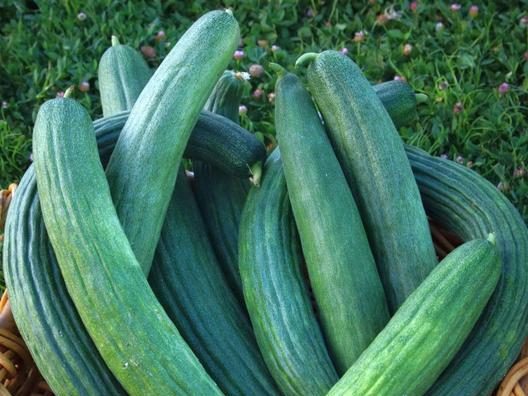About Corn
Also called Indian corn or maize, corn originated in the Americas over 10,000 years ago and is now one of the most widely distributed crops in the world. Used as livestock feed, human food, oil, and biofuel, corn is extremely versatile and has become one of the world’s most dominant crops. We love to grow it in our summer gardens, as that first bite into a juicy, sweet ear of corn is a harbinger of summertime. Growing your own fresh corn is unlike any subpar offering you can purchase in the store, and we love it fresh, frozen, ground, and popped!
When to Plant Corn Seeds
Make sure the weather is warming up and your soil temperatures are at least 60 to 65°F. Corn will not germinate and seeds can rot if soil temperatures are too cold. The best months to plant are generally May through June, depending on your zone.
Where to Plant Corn Seeds
Plant corn in full sun in highly fertile, well-drained soil with a 6.0 to 6.8 pH. Sweet corn will prefer rich soil with high nitrogen and plenty of moisture. Soil should be amended prior to planting with aged manure or rich compost. Practice crop rotation by planting corn in the same location where you planted your spring peas to provide beneficial nitrogen that the peas fixed into the soil. Another idea is to plant corn together with beans, which will also provide corn the nitrogen it needs.
How to Plant Corn Seeds
Corn is wind pollinated and, especially for smaller plots, should be planted outdoors in blocks, rather than long rows. Seeds should be planted two to three per hole, about one to two inches deep. Plantings should be approximately 12 to 15 inches apart, and rows should be 30 to 36 inches apart. If more than one seed sprouts from a single planting, they should be thinned to the strongest sprout. Shorter varieties can be planted closer, and sweeter varieties should be planted shallower.
How to Harvest Corn
Ears will be ready to harvest approximately three weeks after the silk is visible and has become brown. Another way to check: pull down the leaves a bit to reveal the tip of the cob. The corn kernels should be firm and milky when cut open. To harvest, bend and pull the ear downward from the stalk with a twisting motion. Consume or freeze corn immediately for the best quality. A good rule of thumb is the sweeter the corn, the more water it will need, and the warmer the soil temperatures must be.
How to Care for Corn Plants
Water plots well after planting and keep them consistently moist through germination and harvest. As the weather becomes warmer, increase watering. Sufficient moisture is crucial for plants to develop and produce properly. Corn should be fertilized with a nitrogen rich food when plants are about 12 to 18 inches high, and weeds should be controlled so they do not steal moisture and nutrients from your crop. Corn will produce a fairly shallow root system, so take care not to damage it when removing weeds. Weed control in corn plots is best achieved by a thick mulching, which also helps to maintain moisture.
If you have enough land planted with corn, your plants will pollinate by themselves with the help of passing wind. Keep in mind that each strand of silk MUST be pollinated by the pollen found in the tassels above the corn stalks in order for the kernels to mature. Most pollen shedding occurs after the morning dew has dried, around 9 to 11am.
If you only have a small corner with sweet corn, don’t expect self-pollination to happen. Between a small number of plants, pollen shed from the tassels may blow away before enough of its microscopic grains land on the corn silks. If there is not enough pollen from the tassels to spread around and touch the silks, the kernels will not develop. Therefore, it is most important to plant your corn in blocks, never in just one or two long rows.
If necessary, hand pollinate your corn by snapping the tassels (male part) of a few stalks and use them like feather dusters over the emerging silks (female part). Do this each day for a week, ensuring that you do not remove too many tassels before the week’s end.

